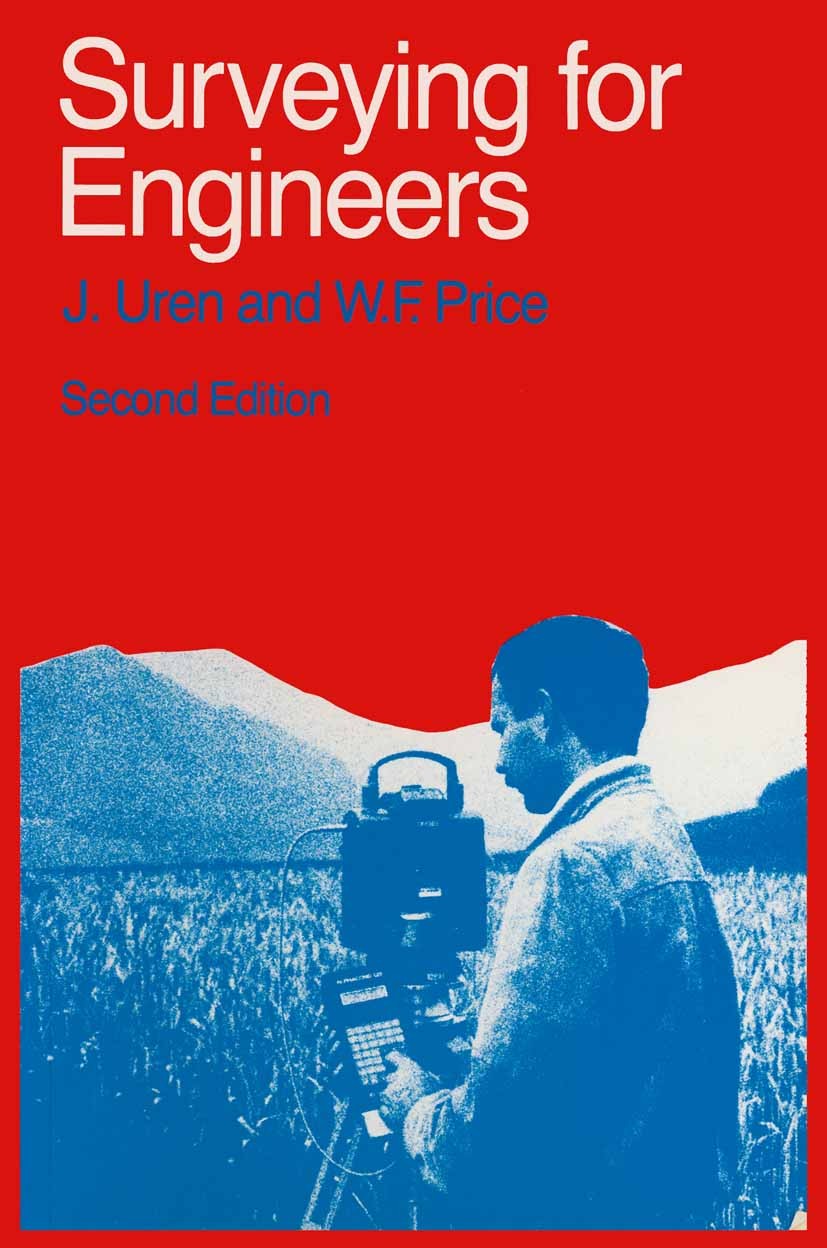SURVEY 1
2. Introduction to Surveying
2.3. Basic Surveying Instruments and Techniques
1. Basic Surveying Instruments
-
Measuring Tape (Chain or Cloth Tape)
- Purpose: Primarily used for measuring short distances in the field.
- Description: A flexible tape, typically made of steel or cloth, that can measure distances accurately, usually up to 30 meters (100 feet).
- Application: Used in the early stages of surveying or in places where more advanced equipment is unnecessary.
-
Theodolite
- Purpose: A precise instrument used to measure horizontal and vertical angles.
- Description: Theodolites are equipped with a horizontal circle and a vertical circle. The instrument is mounted on a tripod and used to measure angles in both horizontal and vertical planes.
- Application: Used to establish control points, layout buildings or roads, and determine the elevations of points.
-
Total Station
- Purpose: Combines the functions of a theodolite and an electronic distance measuring (EDM) device.
- Description: A total station can measure angles and distances electronically. It typically has an electronic display to show distance and angle readings. Some models are integrated with GPS for improved location accuracy.
- Application: Widely used for construction, land boundary surveying, and road alignment. It is highly accurate and can automatically store data.
-
GPS (Global Positioning System) Survey Equipment
- Purpose: Used to determine precise geographical coordinates using satellite signals.
- Description: GPS devices use a network of satellites to provide accurate location data, both horizontally and vertically. Modern GPS equipment can achieve centimeter-level accuracy.
- Application: Ideal for large-scale surveys like geodetic surveying, land boundaries, and mapping projects.
-
Levels (Optical/Automatic Level)
- Purpose: Used to measure the difference in height (elevation) between two points.
- Description: A level instrument, mounted on a tripod, includes a telescope that can be adjusted to sight a leveling rod at different points. It allows the surveyor to determine relative heights.
- Application: Commonly used in construction to set accurate elevations and in determining contours of the land.
-
Plumb Bob
- Purpose: Used for determining a vertical line.
- Description: A plumb bob is a weight, usually pointed at the bottom, that hangs from a string. When the string is allowed to hang freely, the plumb bob indicates a true vertical line.
- Application: Used for vertical alignment, ensuring the instrument or rod is correctly oriented.
-
Tripod
- Purpose: A stable platform to mount survey instruments.
- Description: Survey instruments such as the theodolite, total station, or levels are mounted on tripods, which allow fine adjustments for stability and accurate readings.
- Application: Essential for ensuring the accuracy and precision of measurements.
-
2. Basic Surveying Techniques
-
Measuring Distances
- Method: The most basic surveying technique, which involves measuring the distance between two points using a measuring tape, total station, or EDM.
- Technique: The distance is measured along a straight line, and for longer distances, electronic distance measuring instruments are used to increase accuracy and speed.
-
Measuring Angles
- Method: Using theodolites or total stations, angles are measured between two reference points.
- Technique: The instrument is set up at a known point, and angles between points are recorded. Both horizontal and vertical angles are measured to ensure accurate location mapping.
-
Levelling (Height Measurement)
- Method: Levelling is the process of determining the height difference between two or more points using an optical or automatic level.
- Technique: A leveling rod is placed at various points, and the level instrument is set up at a reference point. The difference in the height of the rods is recorded to calculate the elevation change.
-
Traverse Surveying
- Method: A technique used to measure a series of connected lines to establish a boundary or layout.
- Technique: Starting from a known point, surveyors measure both the angles and distances between a series of points. These measurements are used to create a "traverse," or a series of connected survey lines.
-
Triangulation
- Method: A method used to calculate unknown distances by forming triangles.
- Technique: Surveyors first measure a baseline, then use the angles at each end of the baseline to calculate the positions of other points. This technique is particularly useful for large-scale surveys, like geodetic surveys.
-
GPS Surveying
- Method: Utilizes satellites to determine precise coordinates for points on the Earth's surface.
- Technique: GPS receivers are placed at specific points, and the system calculates the precise position using signals from multiple satellites. GPS surveying is often used for large-scale mapping, land surveys, and geospatial data collection.
-
Contour Surveying
- Method: A technique used to determine the contour or elevation of the land surface.
- Technique: Surveyors mark out points along the land at consistent elevation intervals. These points are then connected to create contour lines, which represent different elevation levels across the land.
-
3. Data Processing and Error Corrections
-
Data Collection: After performing measurements in the field, the data is recorded either manually (on field books) or electronically (on the survey instrument or computer).
-
Data Analysis: The collected data is processed and analyzed to correct any inconsistencies or errors that may have occurred due to instrument calibration or human error.
-
Error Corrections: Surveying errors are corrected by applying established methods, such as:
- Balancing traverses: Adjusting angle and distance measurements to ensure consistency.
- Leveling adjustments: Correcting miscalculations of elevation based on known reference points.
-
Final Outputs: The processed data is used to create maps, drawings, and 3D models that reflect the physical characteristics of the land or construction site.

